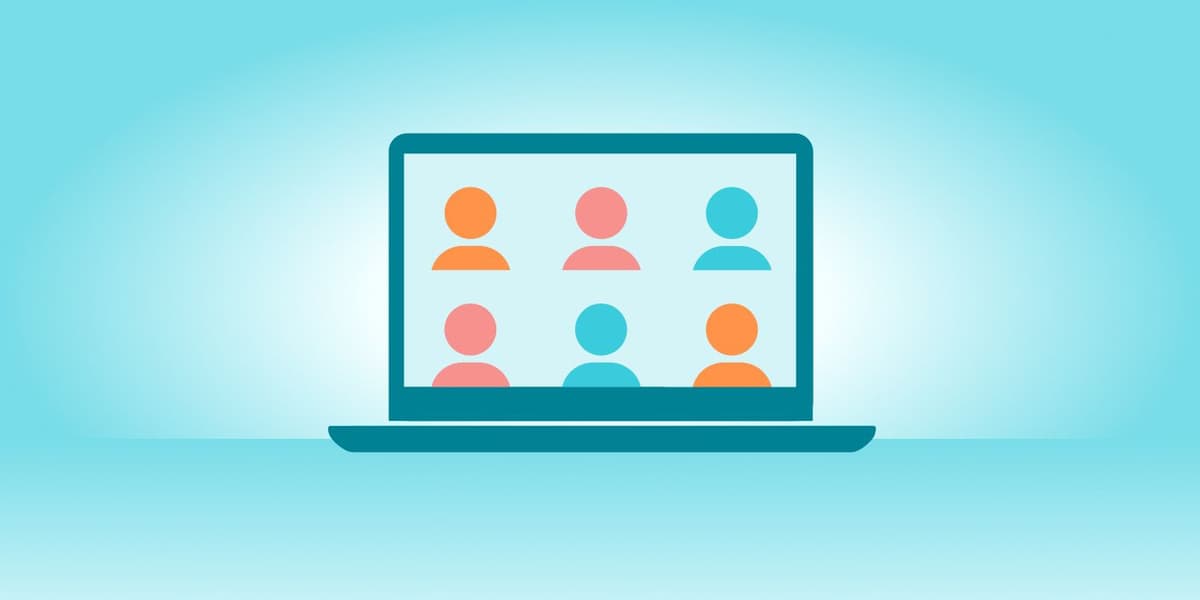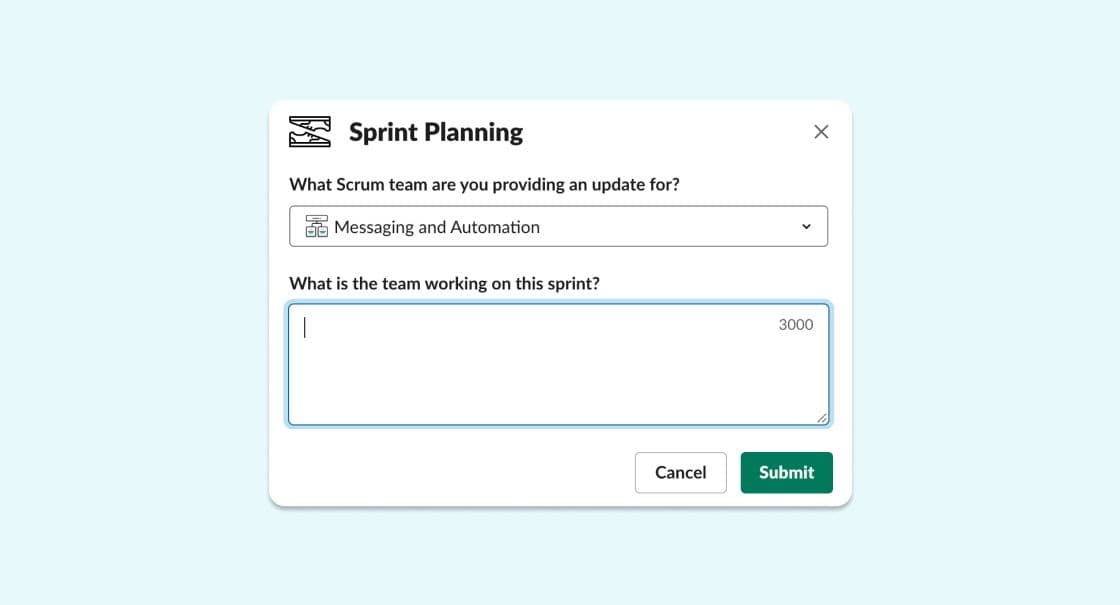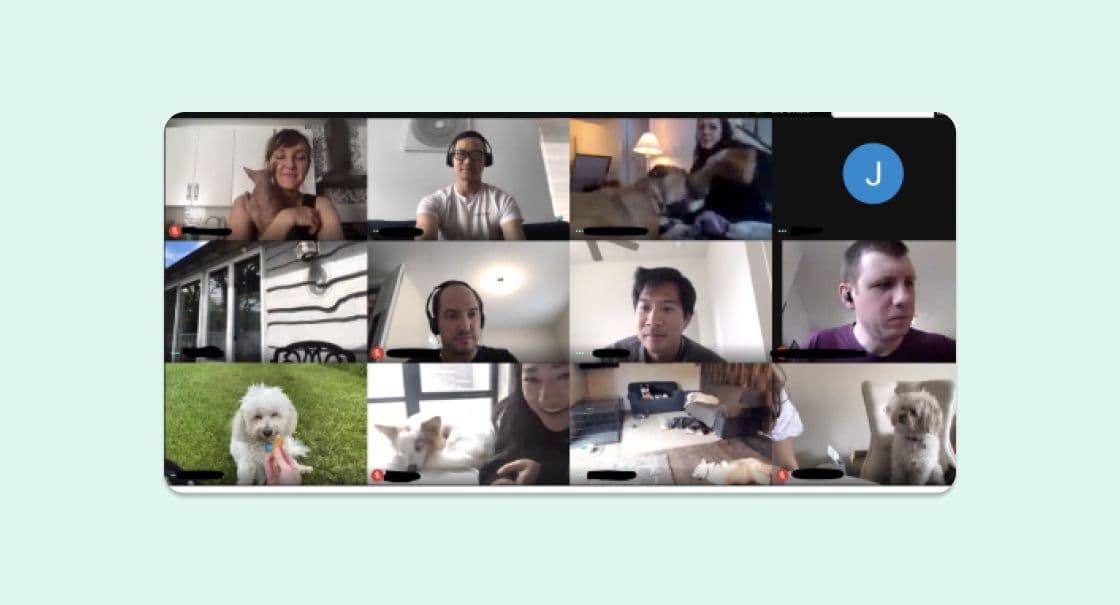How Braze Engineering Adapted to the COVID-19 Era
Published on June 23, 2020/Last edited on June 23, 2020/9 min read


Jon Hyman
CTO, BrazeIn the beginning of March, Braze leadership was discussing how and when to close our offices in response to COVID-19. One of the biggest challenges I worried about was how we would maintain our culture and do as good a job remotely with many aspects of our operations—onboarding, training, team-building—as we did in-person. After all, the work from home period would be indefinite and potentially quite long. In an attempt to stress-test our organization being able to work from home, the product and engineering team planned on scheduling a department-wide work-from-home day on March 12. However there ended up being no need for a test: Braze, like so many other companies, ended up issuing work-from-home guidance that week for the entire company.
Working remotely these past three months has caused some notable changes for our teams. Here are a few different areas we've adapted in response to our new work-from-home reality.
Communications
We've seen our teams adopt different approaches in order to stay close to each other. For example, our DevOps team launched a Discord Server, and the team talks in there each day. Discord is a really easy way to voice chat; I personally find it better than either Zoom or Google Meet for situations where multiple people are talking at once, as is often the case when teams are working on something together. We have rooms like "Lounge" for general voice chat and "AFK or In Meeting" which requires Push to Talk. There's also a "Release" room to ensure we’re together during production changes, and a room for incidents that’s used when we get paged.
(That said, Slack is still the most used communication technology for people at Braze, and Slack messages are up over 55% across the company since early March.)
Scheduling
Before COVID-19, we had already been trying to shift to an asynchronous approach to free up time in peoples' days. For example, we used to have a recurring meeting with all engineering managers and product managers, along with stakeholders from our go-to-market organization to review upcoming sprints. Now this all happens in a Slack channel: We built a Slack Workflow called "Sprint Planning" that posts to a dedicated channel, and interested parties comment in threads.

In this new work-from-home world, screen fatigue and Zoom fatigue are real things. It’s more important than ever to avoid holding meetings that aren't absolutely necessary. Fewer things on the calendar gives people more time for heads-down work—and to do things like go to the store during off-peak hours. As another example, each day our on-call staff and engineering managers review and talk about the previous day's PagerDuty pages, which sync to JIRA and create follow-ups for investigation, root cause analysis, or future work. It's an immensely valuable meeting, but getting a big group together remotely can be difficult. To free up time for people, we're carrying out more of the analysis before the meeting so we can reduce attendance and automate the sharing of triage notes and follow-ups using JIRA.
Mental Health
Remote work has been harder on some than others, but lockdown is a challenge for everyone. As we’ve continued to operate through COVID-19 conditions, we want to keep prioritizing the health of our team. People have taken less time off under these conditions, and we’ve heard from some people that stepping away is difficult because they inevitably feel the draw of a nearby computer and an organization that is operating all day without them. We want to ensure everyone has time to truly disconnect, in a healthy way, without feeling like they need to work. That's why we mandated a day off for our entire organization last month, and instituted rules requiring that two days that week were no-meeting days, allowing us to better support our on-call staff and ensure that anyone who needed or wanted to step away wouldn't feel like they were missing out on anything. That day off was a success, and we're taking another one as a department in June.
In addition, Braze has been working through our Employee Resource Groups to provide support to our staff. That has led to new Slack channels focused on mental health, as well as self-care and weekly meditation sessions led by our coworkers.
Onboarding
When Braze first shifted to remote work in March, our Learning and Development team partnered closely with departments across the company to ensure that we were able to provide new hires with a welcoming experience from day one. From greeting each new employee as they joined to overseeing shipping of new hires’ laptops and equipment, Learning and Development worked hard to create a new “normal” for these employees that still gave them those first-day butterflies and made them feel like part of the company right from the start.
The transitioning onboarding in some ways was the easy part: We were already conducting aspects of our onboarding process digitally via instructor-led training calls and on-demand courses in our Learning Management System, making it less of a shift than it might have been. But a big part of starting work at Braze has traditionally been the face-to-face interactions with both teammates and friendly faces across the company—the people you meet when you’re grabbing coffee or a snack in the kitchen, or sitting with new team members at lunch. Thankfully, everyone at Braze understands that we’re living in unprecedented times and we’ve seen people making an ongoing effort to reach out, introduce themselves to new hires, and help make them feel more at home. (We’ve also been making use of Slack’s “Donut” integration to allow employees to randomly pair up for low-key chats for those who are looking to meet more of their coworkers.)
Since our global offices closed, we’ve welcomed 15 new members to the Braze Engineering organization—and we’ve been really pleased with the positive feedback we’ve received from those engineers about their remote onboarding experience and the way they were welcomed by their managers and team members.
Hiring
Up until this year, the entirety of our product, design, and engineering staff was based in New York City. We've enjoyed collaborating together, having our meals together, and building our product together. It has been nice to get to know everyone personally and be able to look down the hallway and see the entire product and engineering team. But with Braze crossing 500 global employees this year, we felt it was time to give our other offices the benefit of having engineering staff on hand to talk in-depth about our technology when needed.
One of our goals for the year was to start expanding our organization across geographies. That shift would let us access new talent pools and create synergy with our support and go-to-market teams in other offices. Since going fully remote, we've onboarded about a dozen engineers, allowing us to prove to ourselves that we can hire and onboard outside of a traditional office context. One of the main concerns historically of hiring remotely was the "single person in the office" problem, where an individual engineer might be placed in one of our other offices (Chicago, London, San Francisco, Singapore) while the majority of the team worked together in NYC. With everyone remote, we don't have that problem and have been able to use this time to build up engineering teams in other locations.
Given that, we have accelerated our hiring efforts in other offices. Since March, Braze has hired engineers to join our 100+ employees in London and our 80+ employees in San Francisco. In February, Braze opened up a new office in Chicago that has already grown to 15 people, and we're starting to interview engineers to build out the team in the Windy City as well.
Culture
At Braze, departments are allocated money each month on a per-person basis to support team-building activities. In person, these activities have translated into things like using a Slack channel to plan and take field trips together, or weekly tea meetups for socializing. In a remote work context, many of us still keep to a "Virtual Tea Time 🍵" each week, since it provides a good opportunity to take a break from work and see each others' faces again. Similarly, the lunch-and-learns we held before COVID-19 haven't stopped; they’ve just evolved into digital experiences. We've also seen teams experiment with various remote activities, like themed team meetings such as "Flower Shirt Friday!"
With the weather getting nice, last month we had our first Puppy Happy Hour. A few dozen people from product, design and engineering hopped online to introduce their fuzzy coworkers (cats were allowed, too).

Teams have used Kast to watch movies together, most recently the acclaimed, Oscar-winning documentary American Factory. We're currently planning a big Zoom trivia night, complete with breakout rooms for teams, after our next All-Hands at the end of the month!
Return to Office
As we make plans to head back to our home base, Braze will be in the last tranches of businesses reopening, in large part because we can operate so smoothly while remote. When we do open back up, we want to start off by making the office available as a resource. That means we're thinking through what people may want to use the office for, such as using our extensive whiteboards for ideation or taking advantage of the space to storyboard a new feature.
We’re still eager to be in the office: A huge part of learning occurs from spending time around others. The energy of a great meeting, chatting with and smiling at people in the hallway, seeing people in other departments builds bonds and drives employee retention. When we do finally get back together, one thing is for certain: We won’t take it for granted.
Despite the current pandemic, Braze is hiring! Check out our careers page to learn more about the company and current open roles.
Related Tags
Be Absolutely Engaging.™
Sign up for regular updates from Braze.
Related Content
View the Blog
The new inbox reality: How iOS changes are reshaping email marketing

Aparna Prasad

Experience optimization: Turning data insights into better journeys

Team Braze

December 2025 Bonfire Marketer of the Month: Jagex’s Emma Oliver
